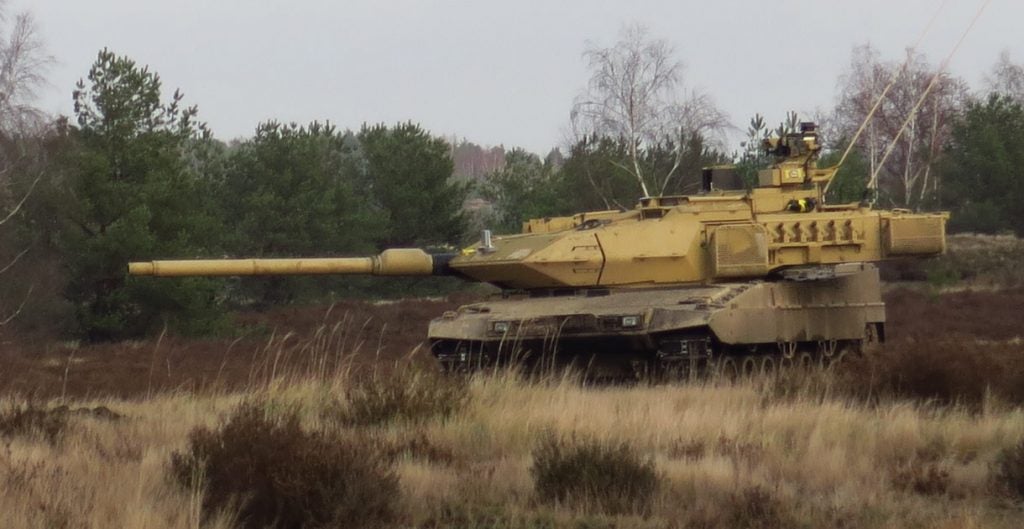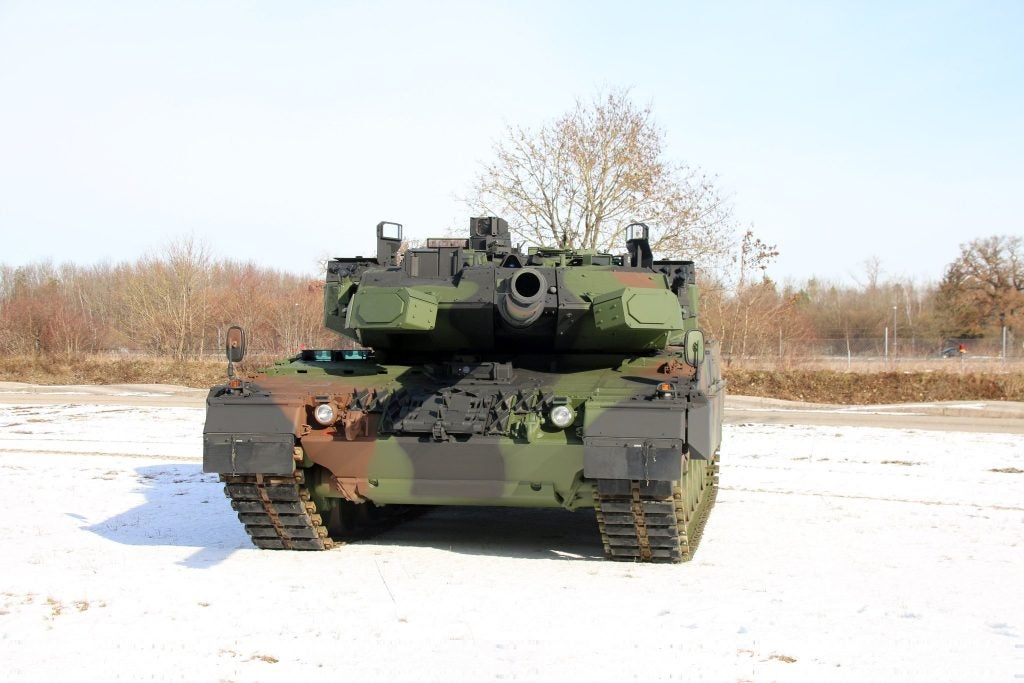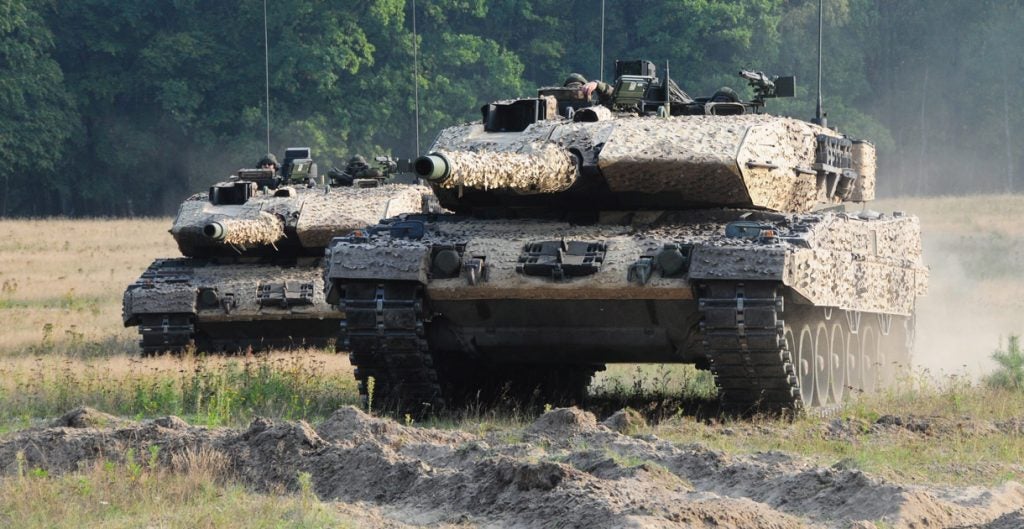The Future of the Leopard 2
The Leopard 2, one of the most prominent Main Battle Tanks (or MBTs) of the Cold War was introduced back in the early 1980s. Since then it has become a workhorse for the Bundeswehr and numerous other armies around the World. With the Cold War over, the production lines at Krauss-Maffei Wegmann (KMW) shrank as budget cuts within various militaries led to limited orders for new tanks. However, after years of development and the introduction of the newest 2A7+ and 2A7A1 variants, KMW and the Bundeswehr now face the extension of the Leopard 2’s service life before its successor is introduced in the 2040s. The Franco-German Main Ground Combat System (MGCS) is coming, but the combat-readiness date set for 2040 leaves some European armies in a somewhat difficult position.
The Leopard 2 on OVD:
- Bumar May Not Meet Leopard 2PL Delivery Schedule
- Krauss-Maffei-Wegmann Contracted To Install Trophy APS On German Leopard 2A7A1s
- KMW Begins Assembly of Leopard 2 Tanks for Hungary
- The First New Leopard 2A7s Arrive at Denmark’s Jutland Dragoon Regiment
- EDA Looking For Industry Solutions For Upgrading Leopard 2 MBTs
With the 20 years until the full introduction of the MGCS by KMW and Nexter, something has to be done in order to maintain the combat readiness of states that do not have as many MBTs as they would like or who will need to upgrade aging vehicles in the near-term. For many countries this will also pose funding issues. Thus, KMW wants to maintain the Leopard 2’s capability for as long as possible, likely even beyond when the MGCS is finally delivered. This gives the KMW two decades for the further development and improvements to the Leopard 2.

The first concept of the KMW is the Leopard 2A7 EDA. This program focuses on the modernization of all Leopard 2A4 and Leopard 2A5+ MBTs of all European users to the A7 standard. The unification to the latest type of Leopard 2 would come with the benefits of standardized parts easier to obtain by the users, a common logistical chain. There would be even an easier way to obtain the MBTs via rent, lease, and sales. The EU wants to preserve the number of at least 5,000 MBTs in the line, thus there is a huge possibility that the KMW could open its production and take orders for completely new tanks.

The second modification already taking place is the modernization of the existing Leopard 2A6 to the Leopard 2A7A1 variant by the addition of the Trophy APS. The first tests of the new tank enhanced with the Active Protection System are going to take place in July 2021.
Lastly, the question of the Leopard 2 turret remains the focus for two KMW projects. The Leopard 2Ax project’s main goal is to deliver a tank that answers the needs of a modern battlefield, but at the same time solves the issue of increasing the mass of the vehicle, while providing acceptable levels of protection. KMW will have to evaluate whether the original Leopard 2 turret can be further improved or ditched for a completely new one. A similar concept led to the creation of the MGCS, previously known as the European Main Battle Tank (E-MBT). The tank resolves the issues of weight by fitting a light turret with the Leclerc’s automatic loader to the Leopard 2 chassis. As mentioned at the beginning of the article, KMW is continuing to look at ways of extending the service life of the Leopard 2 before the MGCS is introduced.
In conclusion, Krauss-Maffei Wegmann’s Leopard 2 remains the leading choice for many of Europe’s armies, it’s a platform which can definitely meet the requirements of countries lacking heavy armor and has room for further capability upgrades. With various solutions in the works the prolonging of the Leopard 2’s life into the 2040s may see KMW’s portfolio and work load grow in coming years.

